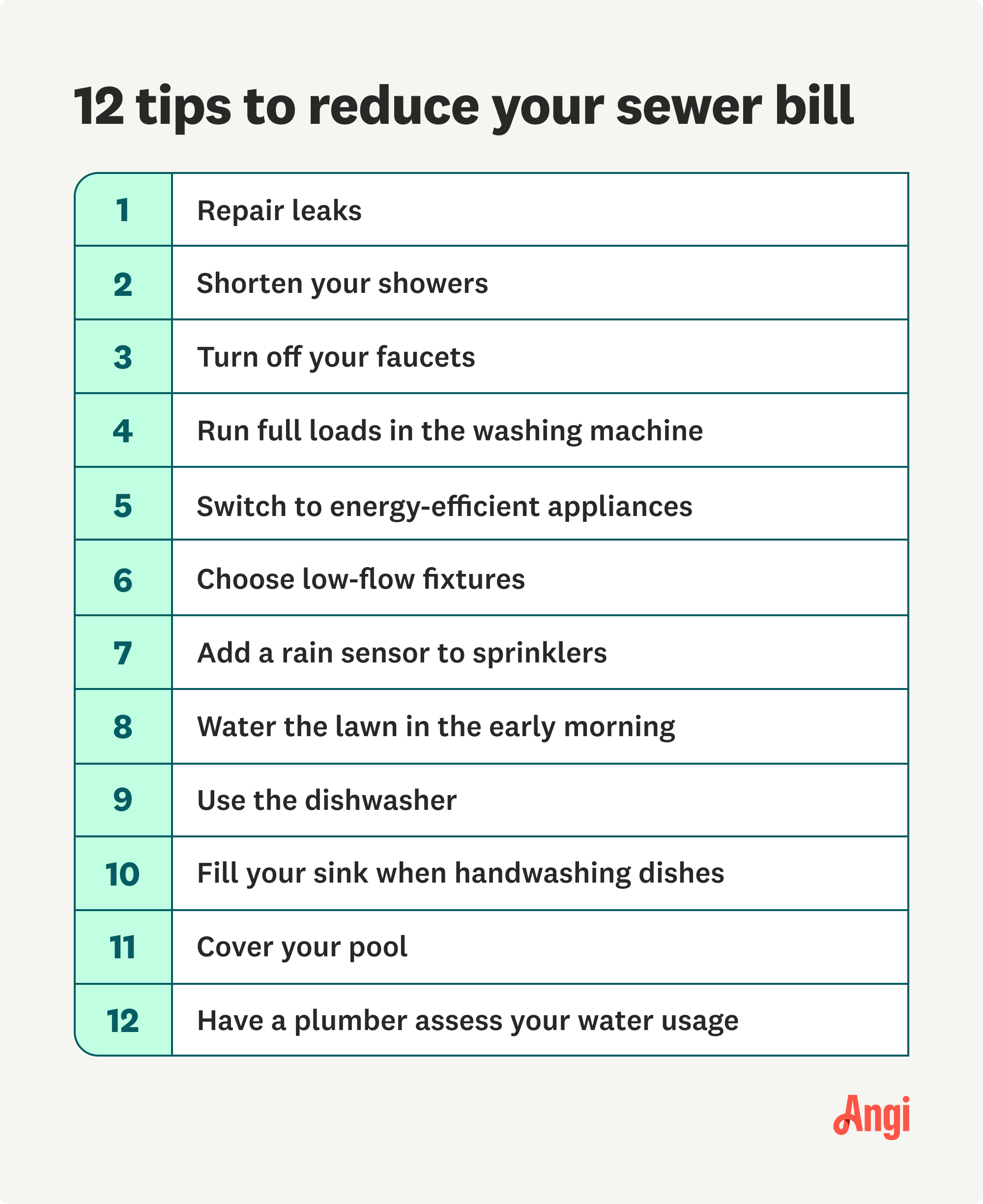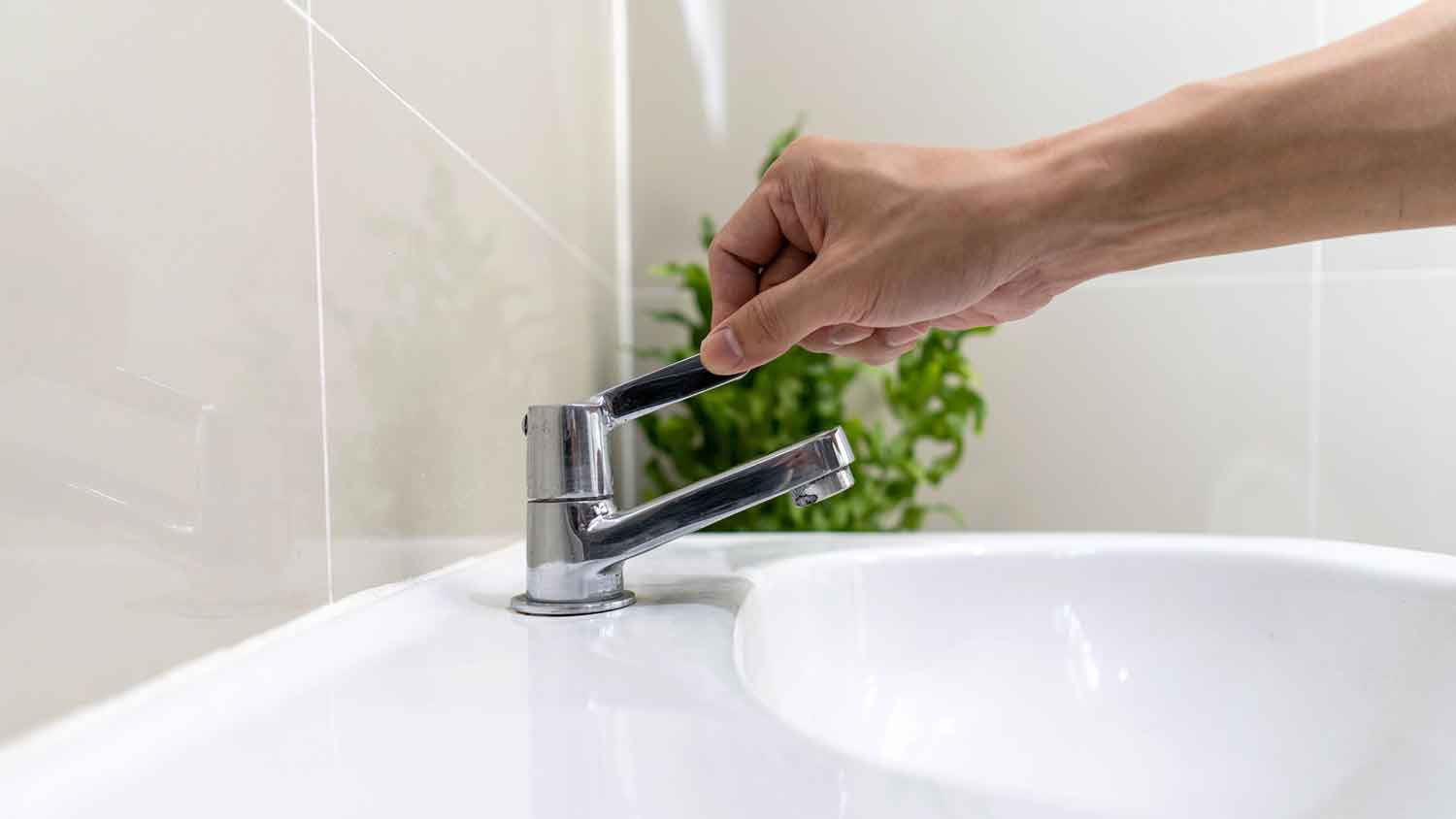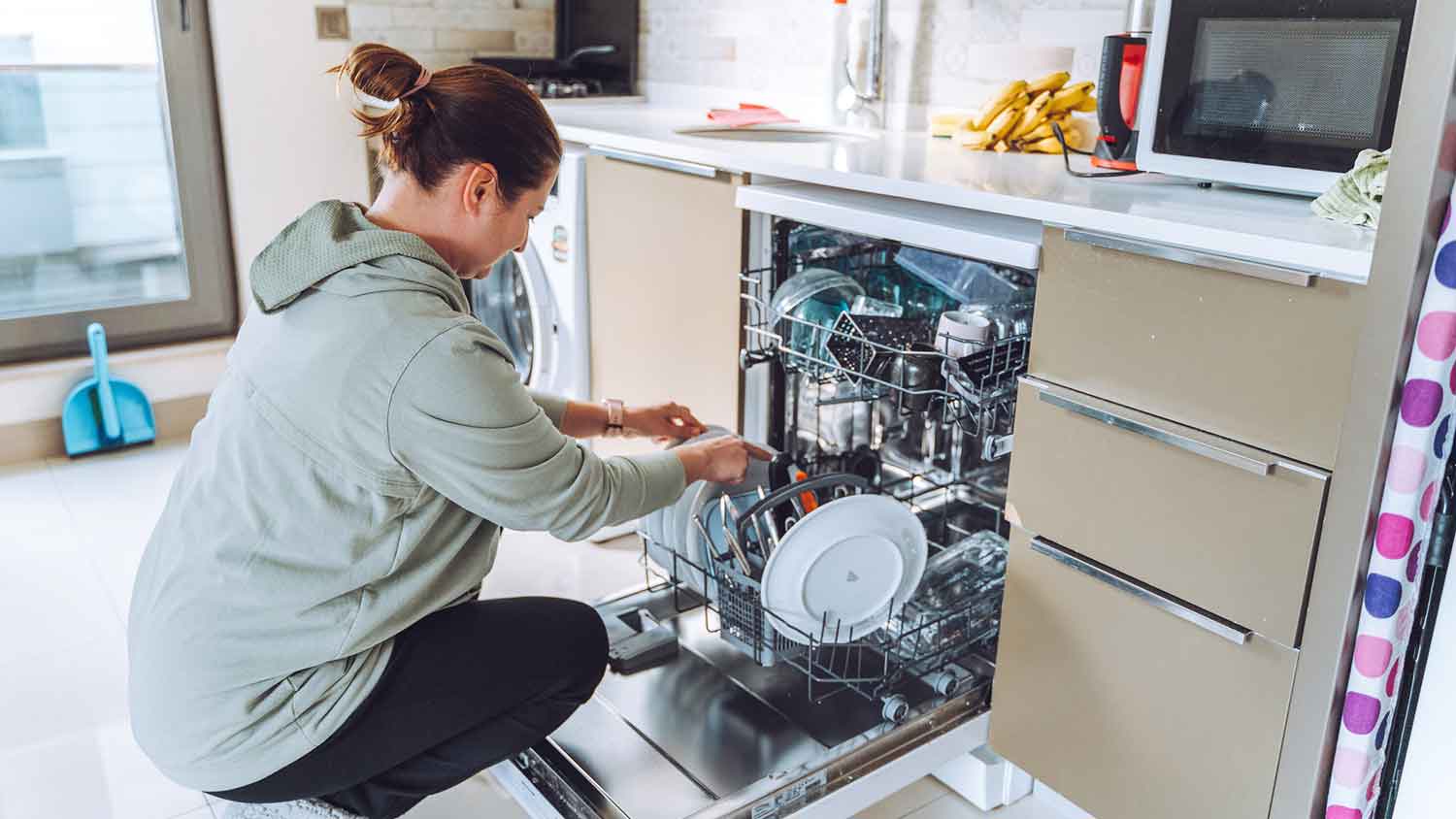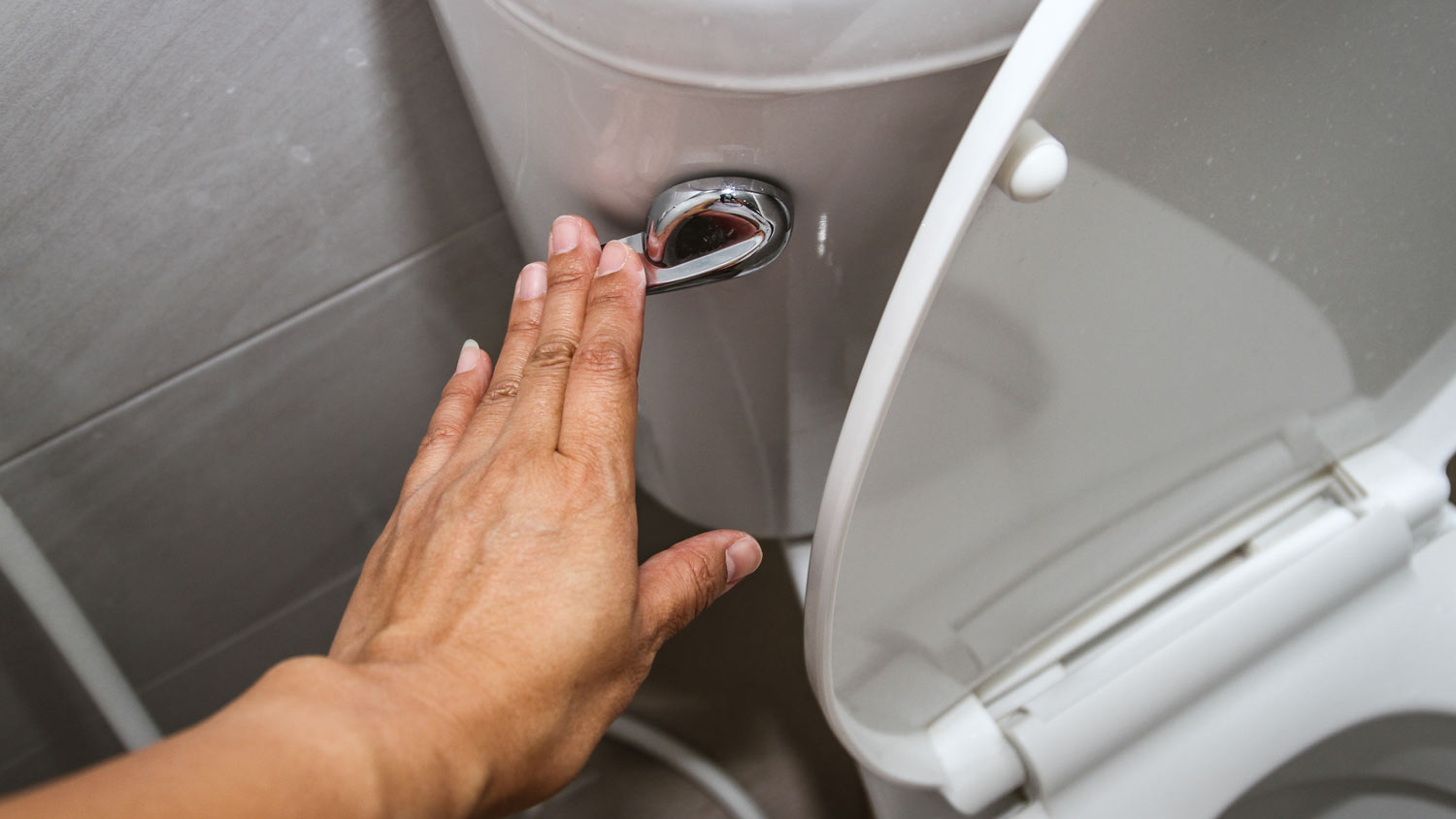
Need to know what sewer line replacement costs? This guide will help you prepare to budget for sewer line replacement done by local contractors.
How low can your bill go?


Every bill adds up and makes a difference in your budget, including your water and sewer bill. Sometimes, sewer bills are separate from water bills, and other times, utility companies combine them. Either way, you pay for the cost of the water coming into and exiting your home. The more water you use, the higher your sewer bill. Luckily, there are easy ways to lower your sewer bill no matter the season. Dive into these 12 tips for how to reduce your sewer bill and save hundreds of dollars over time.

While they may seem insignificant, leaks in your faucets, pipes, and toilets can waste enormous amounts of water. The average household's water leaks account for nearly 10,000 gallons of water per year. Fixing a leak can save you as much as 10% on your water and sewer bill.
Leaks often go undetected, so checking for dripping faucets, pipes, shower heads, and garden hoses is essential. Look for water on the outside of pipes near faucet gaskets and pipe fittings. Check for water dripping from your tank to your toilet bowl. Put a drop of food coloring in the tank. Wait one hour, then look in the bowl. If the water has color, there is a leak.
Another way to determine if there’s leaking in your home is by checking your water meter. Read your meter, then avoid using water for one hour. Go back to the meter after an hour passes. If the reading is higher, you may have a leak.
Standard shower heads use approximately 2.5 gallons of water every minute. You can lower your sewer bill by leaving the shower off until you’re ready to get in and shortening the time you're in the shower. Aim for your showers to be five minutes or less. Set a timer to help you stay on track. Let long showers for relaxation and self-care be the exception, not the daily practice.

Letting the faucet run while you shave, wash your face, or brush your teeth can cause your water and sewer bill to be much higher than it needs to be. Conserving water while you brush your teeth alone can save up to eight gallons of water per day.
Instead of running your washing machine for a half load, wait until you have a full load to save on energy and water. Standard washing machines use 20 gallons of water per load, meaning if you cut down your laundry cycles by 20%, you could save over 1,200 gallons of water per year!
Swapping out older appliances for energy-efficient appliances can help you save big on your sewer and water bills. Energy-efficient washing machines rinse clothes with a high-pressure spray instead of soaking them. They also use less water per cycle by approximately 6 gallons per load.
Look for ENERGY STAR®-certified appliances such as dishwashers and washing machines. Combined, they can save the average family up to $380 annually between water and energy bills. While the up-front investment can be more, the reduced usage lowers your costs in the long run.

WaterSense-labeled fixtures are approximately 20% more water efficient than standard fixtures. They perform like traditional shower heads, faucets, toilets, garden hoses, and sprinkler systems, but they use less water. Installing a Water Sense-labeled showerhead alone saves the average household 2,700 gallons per year. Most standard fixtures use 2.2 gallons per minute, whereas water-efficient ones use 1.5 gallons per minute.
Automatic and smart sprinkler systems adjust their water amount based on how much it rains. But you can install a rain sensor on any sprinkler system to prevent it from turning on during or after a rainstorm. You can save around 2,000 gallons of water per year with a rain sensor without having to watch the weather and make the adjustments yourself.
The most efficient time to water the lawn is in the morning before 9 a.m. Watering the lawn later in the day when it's the highest temperature causes more water to evaporate, with less of it reaching the grass's roots.
You can also prevent overwatering your lawn by only giving it 1 to 1 and 1/2 inches of water per week (the recommended amount). Your grass doesn't need more water than this. Excessive watering can cause your water and sewer bill to be higher than it should be.

A standard dishwasher uses 4 to 6 gallons of water per load, whereas handwashing uses around 20 gallons each time. Opt for running the dishwasher over handwashing. Look for a dishwasher with an ENERGY STAR® label to lower your sewer bill even more.
If you don’t have a dishwasher or only have a few dishes to clean, handwashing can make sense. But it’s important to do it right to save water. Running water continuously as you wash dishes wastes far more gallons than filling a sink with warm, soapy water. Scrub the dishes in the soapy water and only turn the faucet on to briefly rinse the dishes with clean water.
Evaporation from your pool can waste hundreds or even thousands of gallons a year, depending on the size of your pool. To prevent water from evaporating in the hot summer sun, cover your pool when no one is swimming. You’ll need to refill your pool less often, saving you money on your sewer bill.
If you’re unsure why your sewer bill is so high, ask a local professional plumber to come to your house and assess it for leaks and potential water and sewer savings. They can offer water conservation methods and install low-flow plumbing fixtures. The small investment of having a plumber come to your home is often well worth the payoff. If you think something is amiss with your sewage system, contact a local sewer repair contractor to come have a look.
From average costs to expert advice, get all the answers you need to get your job done.

Need to know what sewer line replacement costs? This guide will help you prepare to budget for sewer line replacement done by local contractors.

Need to know what sewer line replacement costs in Charlotte, NC? This guide will help you prepare to budget for sewer line replacement done by local contractors.

How much does a septic system cost? Explore impacting factors, important add-ons, and how you can save money on septic system installation right here.

There are different types of septic systems. The right one for you depends on its size and construction as well as your household waste needs.

A clogged main sewer line can lead to sewage leaks in your yard or home. Look for these eight signs of a clogged septic line to fix this problem ASAP.

Not sure who to call for septic service? It depends. Use this guide to see if you should call a plumber or septic service provider for your septic issue.